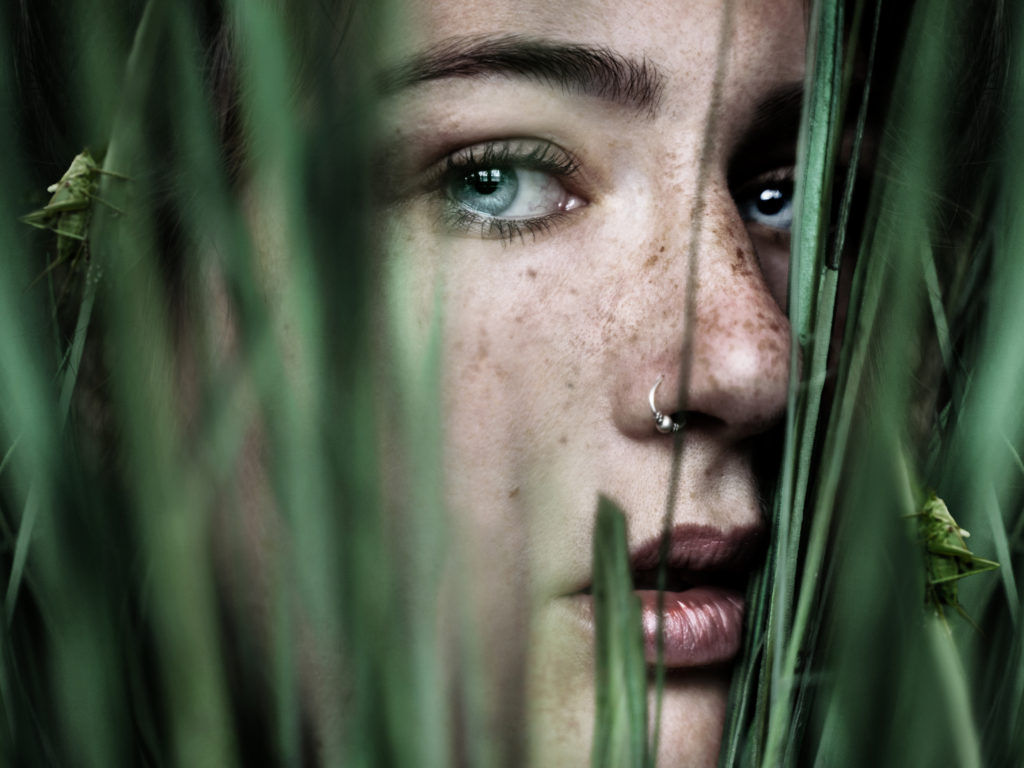Pulse of Information
Your source for the latest insights and updates.
When Faces Tell Stories: The Secrets Behind Captivating Portraits
Unlock the art of storytelling through portraits and discover the secrets that make faces truly captivating!
The Emotions in Every Frame: Decoding the Language of Portraits
Portraits have the unique ability to convey a myriad of emotions in every frame, acting as windows into the subjects' souls. Each subtle nuance in a facial expression can tell a distinct story—whether it be joy, sorrow, contemplation, or confidence. Decoding the language of portraits involves an understanding of how elements like lighting, composition, and color choices contribute to the emotional narrative. For instance, soft lighting can evoke tranquility, while harsh shadows might suggest tension or unease. Thus, the art of portraiture is not merely about capturing a likeness but rather about portraying an emotional truth that resonates with the viewer.
The complexity of emotions in portraits extends beyond the immediate interpretation, inviting viewers to explore deeper themes and connections. Photography enthusiasts often analyze key features such as eye placement, smile curvature, and even the positioning of hands, as these aspects can reveal layers of personality and experience. In this way, portraits serve as a powerful medium for storytelling, tapping into universal human experiences. Understanding this intricate emotional language allows both artists and viewers to engage on a more profound level, fostering a unique dialogue that transcends the confines of the image itself.

Lighting and Angles: How They Shape the Story in Portrait Photography
The art of portrait photography is profoundly influenced by lighting and angles, which work together to shape the narrative behind each image. Lighting sets the mood, whether it’s the soft warmth of a golden hour glow or the dramatic shadows cast by harsh midday sun. Natural light can evoke feelings of intimacy and calmness, while artificial lighting can craft striking visuals that capture attention. The source and quality of light not only illuminate the subject but also create depth, highlight facial features, and add texture to the skin, ultimately enhancing the storytelling aspect of the portrait.
Equally important are the angles from which a portrait is captured. The choice of angle can dramatically alter the perception of the subject, conveying different emotions or characteristics. A high angle may suggest vulnerability, while a low angle can impart strength or authority. Experimenting with angles allows photographers to reveal unique aspects of their subject’s personality, transforming a simple photo into a compelling story. To master portrait photography, understanding the interplay between lighting and angles is essential, as each choice contributes to the overall narrative conveyed through the lens.
What Makes a Portrait Captivating? Exploring Key Elements and Techniques
A captivating portrait often elicits a strong emotional response from its viewers, and several key elements contribute to this effect. Firstly, the subject's expression is crucial; it conveys a story and invites viewers to connect on a personal level. Elements such as lighting and composition also play significant roles, as they can highlight facial features and create mood. For instance, soft, diffused lighting may evoke a sense of intimacy, while harsh shadows can lend drama to the image.
In addition to visual elements, effective techniques are indispensable when creating a striking portrait. Utilize techniques like depth of field to blur the background and focus attention on the subject, or consider the principles of framing to add context and dimension. Other artistic choices, such as color palettes and props, can further enrich the narrative, making the portrait not only a representation of the subject but also a manifestation of their personality and life story.